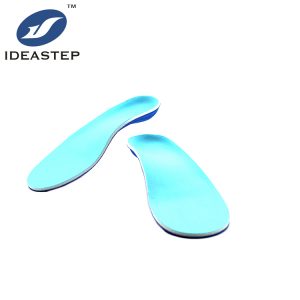
Memory foam insoles can absorb shock to a certain extent. Memory foam is known for its ability to compress and then slowly regain its original shape when pressure is released. This characteristic allows memory foam to absorb and distribute the impact forces that occur when walking or running, thus reducing the shock that reaches your feet and joints.
When you step on a memory foam insole, it compresses under the weight and pressure of your foot, creating a cushioned and supportive surface. This compression helps to absorb the shock generated with each step, reducing the impact on your feet, ankles, knees, and other joints.
However, it’s important to note that the level of shock absorption provided by memory foam insoles may vary depending on factors such as the density and thickness of the foam, as well as the specific design of the insoles. Insoles with higher-density foam generally offer better shock absorption capabilities than those with lower-density foam.
If shock absorption is a primary concern for you, you may also consider insoles that combine memory foam with other materials. Such as gel inserts or air cushions, as these can further enhance the shock-absorbing properties.
Overall, memory foam insoles can provide some degree of shock absorption, helping to reduce the impact on your feet and joints during walking or standing activities.
Related product links: https://www.aideastep.com/product/orthotic-insoles-memory-foam-pressure-relief-arch-support/.
